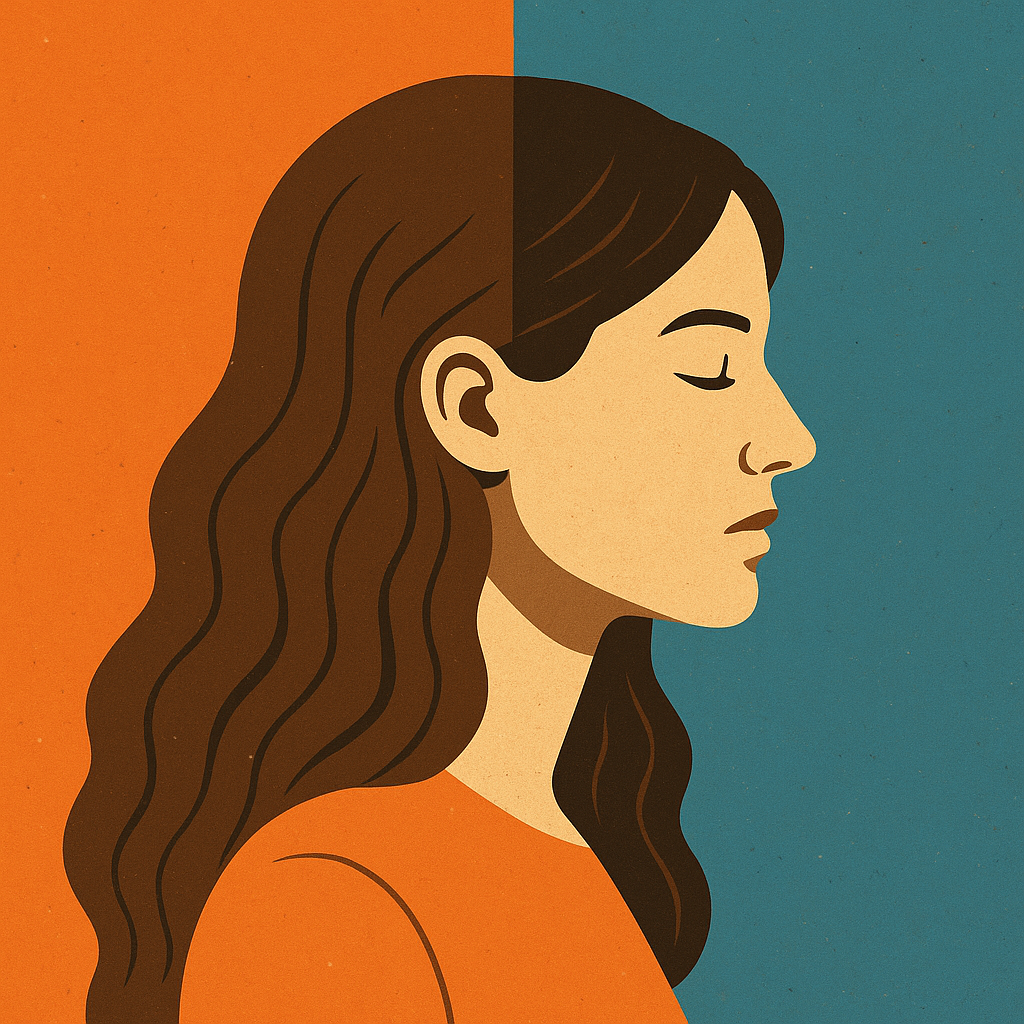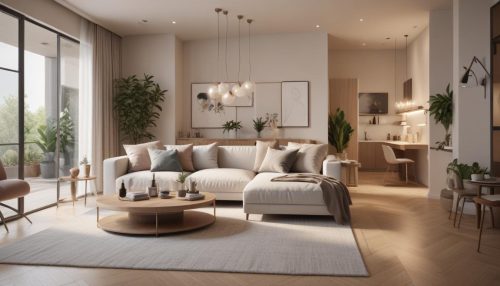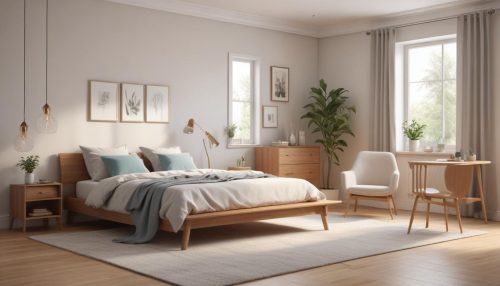Why Awareness Grows Through Contrast
Emma Brooks July 15, 2025
In a world full of distractions and endless content, gaining clarity about who we are and what we need can feel more difficult than ever. Yet increasingly, people are discovering that awareness grows through contrast—not despite it. Whether it’s emotional contrast, lifestyle shifts, or environmental changes, contrast sharpens perception. It forces choice, perspective, and reflection.
From nervous system education to minimalism, the idea that clarity emerges from tension and difference is gaining traction across wellness and lifestyle spaces. In this article, we explore why contrast matters, how it deepens self-awareness, and practical ways to use it as a tool for mindful living.

Why Awareness Grows Through Contrast: The Trend
1. Contrast Creates Clarity in Decision-Making
More choices don’t always equal better outcomes. But encountering opposites—whether emotional or situational—helps define boundaries. If a fast-paced weekend leaves you drained, it makes the value of rest clearer. If a conversation feels supportive while another feels heavy, the contrast shows what safe connection looks like.
This isn’t just personal insight—behavioral psychology supports it. Researchers call it “differential feedback”: learning happens faster when there’s a clear difference between two conditions.
2. Wellness Spaces Are Emphasizing Nervous System Contrast
Somatic therapists and wellness educators are teaching people to recognize how their nervous systems respond differently in various states. For instance, how it feels to be in “fight or flight” versus a grounded, calm state. The more you can feel the contrast, the more quickly you can self-regulate.
Apps like State Change and Othership now offer contrasting breathwork sessions: upregulating for energy, downregulating for calm. Contrast is built into the design.
3. Contrast Is Built into Reflection Practices
Journaling prompts, mindfulness routines, and coaching methods increasingly encourage reflection through duality:
- “What felt aligned today, and what didn’t?”
- “What gave energy, and what drained it?”
- “When did I feel most myself—and when did I disconnect?”
These contrasting lenses help people examine life with nuance, not binary thinking.
How Contrast Deepens Awareness in Daily Life
Let’s break down the types of contrast that reveal the most about ourselves.
1. Emotional Contrast: Light and Shadow
You often don’t understand joy until you’ve experienced sadness. Similarly, recognizing discomfort teaches you what safety feels like. Emotional contrast helps you define emotional range and spot patterns that lead to growth—or overwhelm.
Practical Tip: At the end of the day, ask:
- When did I feel expansive?
- When did I shrink or contract emotionally?
Tracking emotional contrast helps you identify repeated environments, people, or tasks that shift your mood.
2. Energetic Contrast: Rest vs. Stimulation
Modern life pulls us toward stimulation. But overstimulation often goes unnoticed until we stop. This is where contrast shows up. The absence of input—a slow morning, a quiet walk—creates space for insight.
Try This: Schedule 20 minutes with no phone, music, or input. Notice what arises in contrast to your normal pace. You may feel bored, anxious, or clear. All are useful signals.
3. Habitual Contrast: Default vs. Intentional
Many of our routines run on autopilot. Contrast disrupts that autopilot. A new environment or change in routine creates reflection: “Is this what I really want, or what I’ve accepted?”
Example: Traveling often reveals preferences. You might realize how much noise you tolerate at home, or how little sunlight your space receives. That contrast builds intentionality once you’re back.
How to Use Contrast to Build Self-Awareness
To use contrast as a conscious tool, you don’t need a dramatic life change. You just need to observe your reactions to varying inputs.
1. Use Contrasting Prompts in Journaling
Replace neutral journaling with contrast-based questions:
- What surprised me today—in a good or frustrating way?
- What felt new vs. what felt familiar?
- What felt like a “should,” and what felt like a “want”?
2. Practice Environmental Contrast
Spend time in drastically different environments—even for a few minutes:
- Sit in silence after being in a noisy place.
- Take a walk without headphones after a call-heavy day.
- Switch from screen-based work to hand-written notes.
This creates perceptual “edges” that highlight preference, fatigue, or stimulation.
3. Observe Social Energy Shifts
After interacting with different people, check in:
- Do I feel heavier or lighter?
- Was that connection mutual or one-sided?
- Did I feel seen, or like I was performing?
Over time, this helps you refine your social boundaries.
Neuroscience Behind Contrast and Awareness
The brain thrives on difference. Neuroscience refers to this as prediction error: when the brain anticipates one thing and encounters another, it pays more attention. This contrast increases awareness, which in turn supports behavioral change.
Another relevant concept is interoception—your ability to sense internal states. Practicing body scans or noting energy shifts after different stimuli helps refine this sense, enhancing emotional and behavioral self-awareness.
Real-World Applications: Awareness Through Contrast in Culture
- Minimalism isn’t just about owning less. It’s about experiencing more contrast between consumption and clarity.
- Cold plunge culture is booming—not just for health, but because the contrast between hot and cold demands presence.
- Digital detox retreats thrive because people recognize how much tech impacts their nervous systems only after stepping away.
Wellness creators like Melissa Urban and The Nap Ministry use contrast to help audiences see how rest, boundary-setting, and nourishment differ from the cultural norm of productivity and depletion.
A Sample Contrast Awareness Routine
Here’s a basic five-day practice for building awareness through contrast:
| Day | Prompt |
|---|---|
| Monday | What gave me energy today? What took it away? |
| Tuesday | What was the most and least comfortable moment I experienced? |
| Wednesday | What habit felt like a choice? What felt automatic? |
| Thursday | Where did I feel most connected—and most performative? |
| Friday | What would I repeat next week? What would I release? |
Doing this for even one week reveals hidden patterns, unmet needs, and opportunities for more aligned choices.
Final Thoughts
If self-awareness is the foundation of growth, contrast is the tool that sharpens the edges. Why awareness grows through contrast has become more than a philosophical idea—it’s now a working model in wellness, reflection, and behavior change.
When you notice what feels wrong, you gain clarity on what feels right. When you observe your reactions in different environments or relationships, you reclaim your agency. And when you reflect through contrast, life becomes less reactive and more intentional.
Start small. Change your pace. Ask dual-sided questions. Awareness will follow.
References
- Smillie, L. D., et al. (2012). “Differential feedback and self-insight in personality.” Journal of Personality and Social Psychology. https://doi.org
- Friston, K. (2010). “The free-energy principle: a unified brain theory?” Nature Reviews Neuroscience. https://www.nature.com
- Critchley, H. D., & Garfinkel, S. N. (2017). “Interoception and emotion.” Current Opinion in Psychology. https://doi.org





